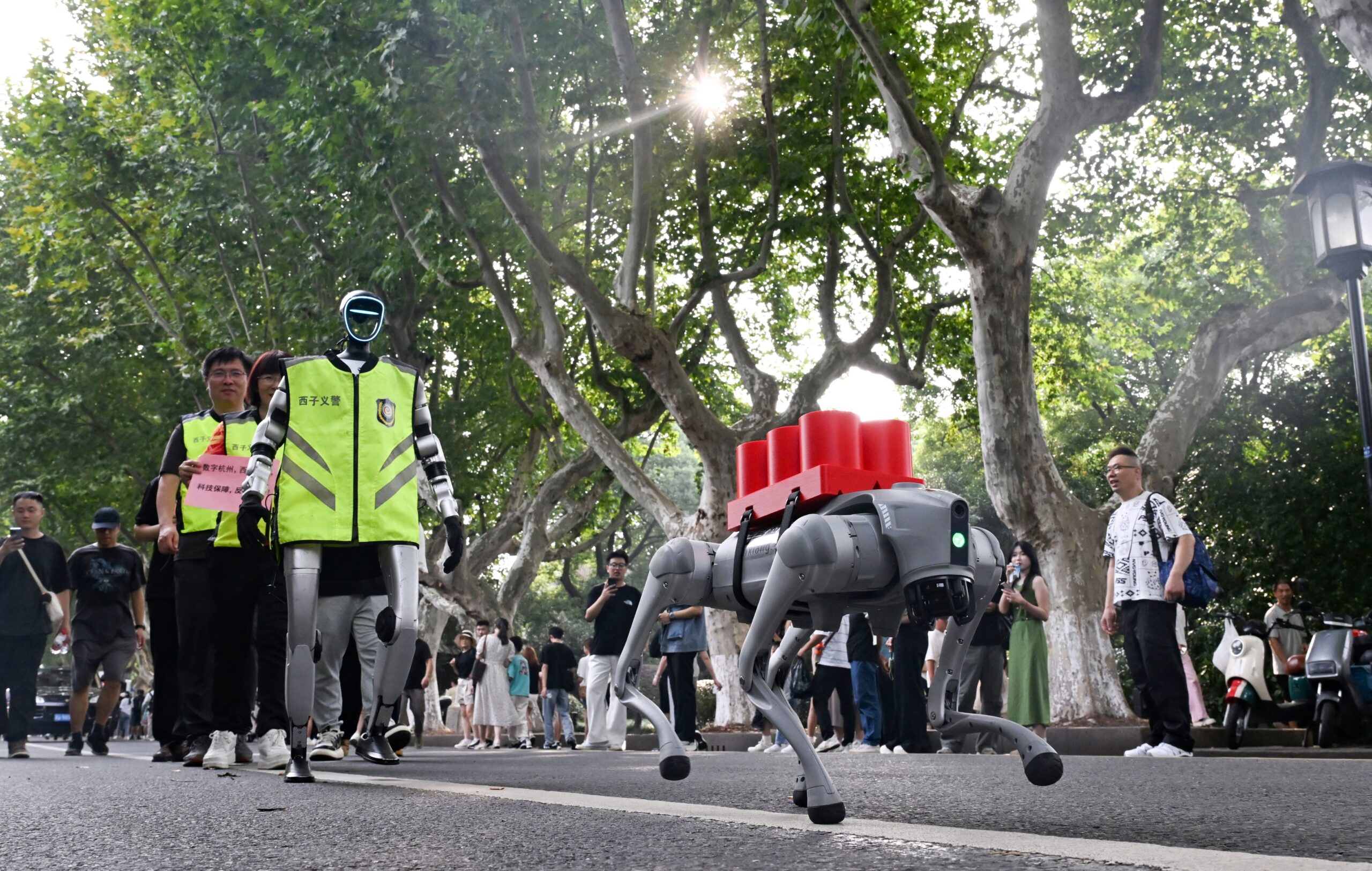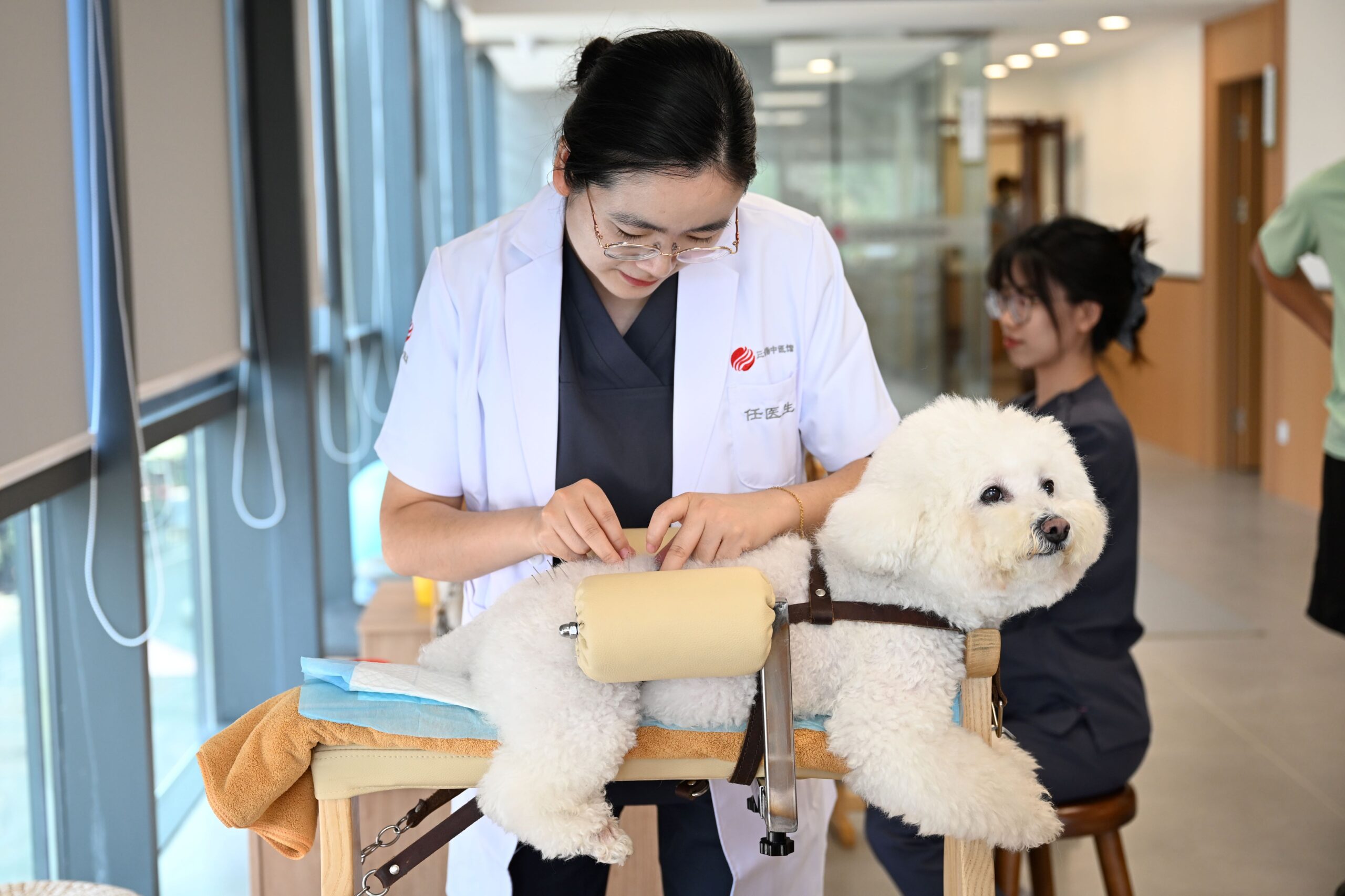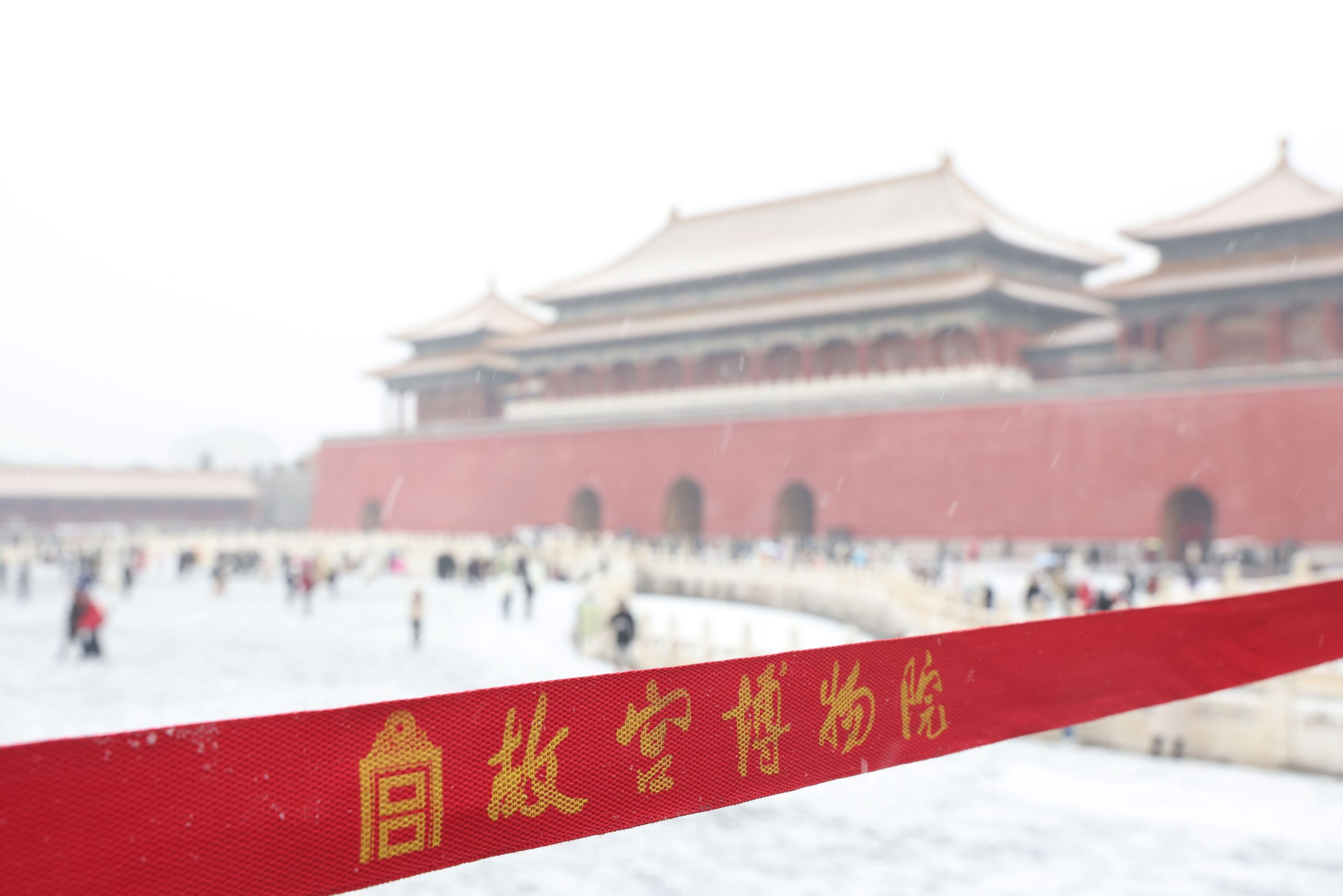Below Chongqing’s Nanshan Wenfeng Pagoda, an old house blends Chinese and Western styles. Nearby lies the tomb of Dr. Paul Assmy (1869-1935). Arriving in Chongqing in the early 1900s, this German surgeon became a renowned doctor. He married a Chinese woman, ran a private clinic, and was ultimately buried here in 1935.
Originally, Germany sent Assmy to Chongqing in 1906 to found Dade Puxi Hospital, where he treated patients. However, after World War I, Germany stopped funding. Consequently, the Chongqing Red Cross took over, renaming it Chongqing Red Cross Hospital, with Assmy continuing as its leader.

Additionally, he served as head of the Red Cross Sichuan Branch, opened his clinic, and taught surgery at a local medical school to train Chinese doctors.
Passionately working to provide care for all patients, Assmy promoted good hygiene habits. For example, he provided toothbrushes and toothpaste to hospital patients, significantly improving Chongqing’s health services.
Later, Chinese-German writer Hairou co-authored a book with Christina Assmy, Paul’s granddaughter-in-law. Titled “From the Neckar to the Yangtze: A German Doctor’s Years in China,” it shares Assmy’s story. Significantly, the title references the Neckar River flowing through Heidelberg (where Assmy studied and developed his strong will) and the Yangtze River, whose dangerous rapids tested his courage during his journey to Chongqing. Together, these two rivers symbolise Germany and China, marking Assmy’s extraordinary life journey.

Compiled from Assmy’s letters and diaries, Hairou translated them into Chinese. Despite facing challenges like unfamiliar terms and odd spellings, she meticulously stayed true to the original texts, making only minor changes for clarity.
Assmy consistently showed great care for Chinese people, waiving meal fees for poor patients and recording the boat trackers’ hard lives. In translating, Hairou preserved his honest, factual style, letting the genuine stories convey warmth.
Remarkably, Assmy gave up a comfortable life in Germany, even breaking his engagement, to serve in China. Here, he founded a hospital, married locally, raised a family, and remained until his death.
Ultimately, his life exemplifies a doctor’s compassion transcending boundaries of class, race, and nation through deep respect for different cultures. His story proves people from East and West can live in harmony, lighting a path toward shared human understanding. Indeed, history’s lessons remain profoundly vital today.
Written by Yi Shen, additional report from CNS.
If you like this article, why not read: An Industrial Ecosystem of Embodied Intelligence Created for Further Development










